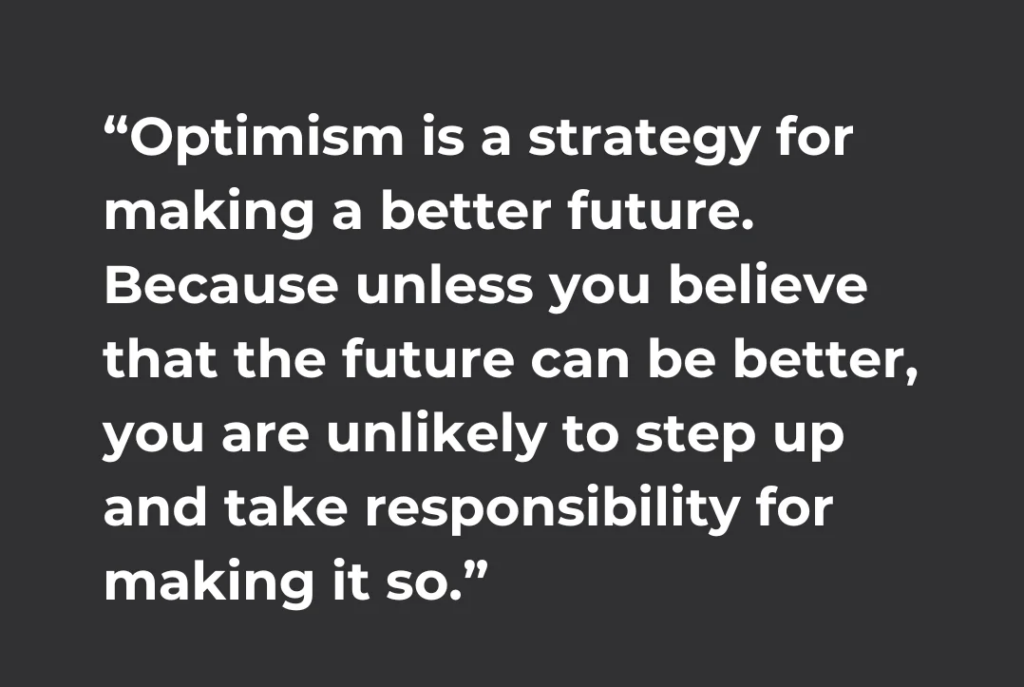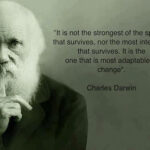Compared to their pessimistic friends, optimists typically lead longer, healthier, and less stressful lives. A positive attitude also promotes perseverance, which frequently results in a favorable conclusion. Thinking positively does not imply that you are ignoring the facts of a situation. Maintaining a positive attitude enables you to confront your difficulties and concentrate on finding answers rather than letting fear or despair consume you.
Begin Your Day With a Good Recollection
Spend three minutes mentally storing a happy experience from your past before you even check your phone or begin your day. Choose a memory of when you conquered a challenge, not just any recollection. Perhaps it was navigating a family crisis, breaking up, or surviving the first year in a challenging work. This is creating a psychological portfolio of your resilience, which may surprise you. You’re telling your brain, “Hey, remember when we thought we couldn’t handle that thing?,” every morning. Yes, we did.
SEE ALSO: People With These Traits Draw Positive People into Their Lives.
Change Challenges into Opportunities to Develop Your Skills
Choose a skill or strength that aids in your development each time you encounter a new obstacle. Relationship problems may be strengthening your capacity to set boundaries, financial stress may be strengthening your resourcefulness, and work-related obstacles may be strengthening your adaptability. This reinterprets challenges as chances to learn new skills rather than as stressors.
Maintain a Record of Your Inspirations
Maintain a carefully chosen collection of the things that genuinely motivate you—not just inspirational sayings, but particular instances that speak to your own experience. Narratives of others who have surmounted comparable obstacles, upbeat music, or pictures that serve as a reminder of your basic principles. This is your emergency pack for difficult days, not just a feel-good folder.
Make a Gallery of Your Development
Make a concrete record of your personal development by recording not only your accomplishments but also the lessons you learned from your setbacks. Maintain a digital folder with notes, images, and screenshots that serve as a reminder of the difficulties you have surmounted. The first workout following an injury, the little business you launched amid a layoff, or that email in which you defended yourself. This is proof of your perseverance in moving forward, not just a highlight reel.
SEE ALSO: How Your Beliefs Influence Your Destiny: A Positive Mindset Vs. A Fixed Mindset
Purposefully Seek Happiness
Acquire the ability to recognize at least three instances of unexpected beauty or humor every day, particularly in circumstances that usually irritate you. Caught in traffic? Keep an eye out for intriguing license plates. In a long line waiting? Take note of how many various languages you can hear in your surroundings. This isn’t about dismissing issues; rather, it’s about learning to carry both joy and difficulties at the same time.
Take Control of Your Mental Nutrition
Clearly define the boundaries of your contact with negativity, particularly in areas beyond your control. Limit your use of social media that drains you, set up particular periods for news intake, and choose carefully which interactions will deplete your energy. The goal is to manage your psychological resources as the limited resources that they are, not to evade reality.
Take a Moment to Evaluate Your Progress
Pause for what experts refer to as a “micro-progress assessment” three times a day. Give yourself 30 seconds to think of one thing that has improved since this morning, one that has improved from the previous week, and one that has improved from the previous year. This counteracts the brain’s innate negativity bias by generating a mental map of progress.
SEE ALSO: 7 Signs You are Making Life Harder Than It Needs To Be
Change Your Wording
Make an effort to change your language usage from absolute to flexible phrases by becoming conscious of your patterns. Say something like “This is challenging right now” rather than “This is impossible.” Use the phrase “I haven’t yet” rather than “I’ll never.” By doing this, a psychic space for potential is created. Your world is shaped by the words you use, therefore having a flexible vocabulary is essential to being upbeat.
Put everything in your calendar.
Examine your calendar at the conclusion of each month, marking the difficulties you encountered in a particular color and the good times in another. Two significant truths are revealed by this visual exercise: neither good nor bad circumstances remain forever, and there are always bright spots during challenging times. By doing this, you are teaching your brain to detect the seasonal fluctuations that occur naturally.
Reset Your Reality
Incorporate into your everyday routine what psychologists refer to as “cognitive reappraisal”—actively refuting your most negative thoughts using personal experiences as proof. Make a note of three items that are holding together perfectly fine if you find yourself thinking, “Everything is falling apart.” The goal here is to keep perspective, not to reject challenges. Your heart continues to beat, your coffee maker continues to function, and the sun continues to rise. Not so big? In agreement. but evidence that nothing is collapsing.
Let Your Mind Be Open to Opportunities
No matter how difficult things are at the moment, start each week by choosing one modest action that creates opportunities for the future. Perhaps it’s saving $5, learning a new skill, or sending one networking email. It is more important to keep moving in the direction of future opportunities than the size of the action. By forging concrete connections between current deeds and potential futures, this technique sustains hope.
SEE ALSO: 8 Rules for Becoming a Highly successful Millionaire.
Monitor Your Legacy
At the end of each day, think of one small thing you did that you will be grateful for later. Perhaps you made that awkward phone call, sent that challenging email, or just opted for water over drink. By establishing a clear connection between current acts and future gains, this preserves optimism through observable progress.







